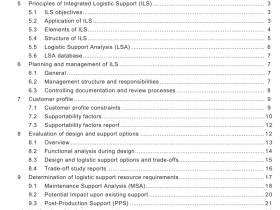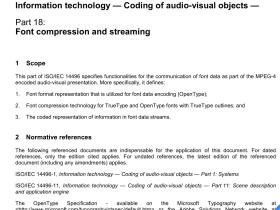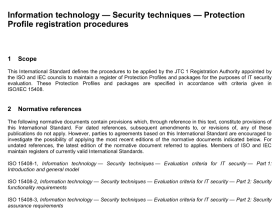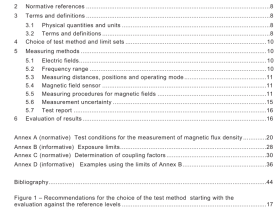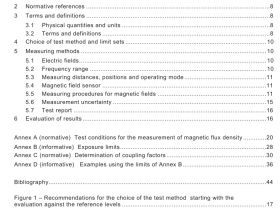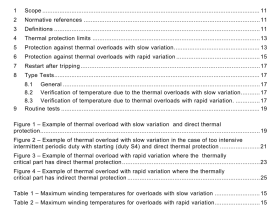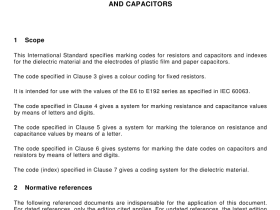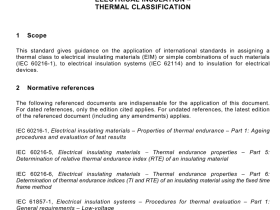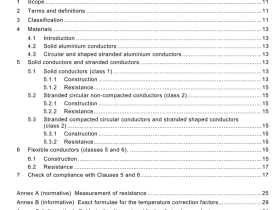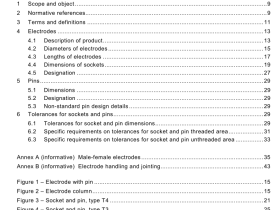ISO IEC 24723 pdf download
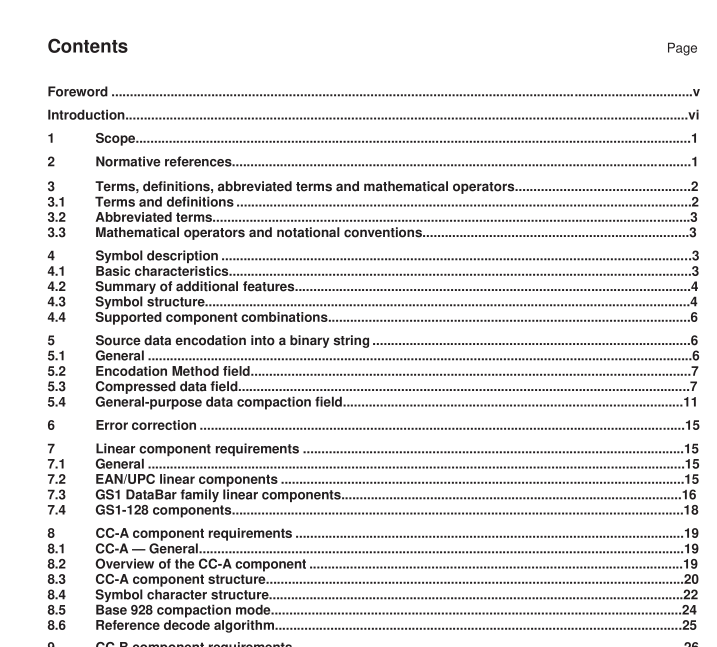
ISO IEC 24723 pdf download Information technology — Automatic identification and data capture techniques — GS1 composite bar code symbology specification
d) Maximum numeric data capacity (including implied application identifiers and calculated check digits where appropriate, but not including any encoded FNC1 characters):
1 ) Linear component:
i) GS1 -1 28: up to 48 digits
ii) EAN/UPC: UPC-A, EAN-8, or EAN-1 3 (1 2, 8, or 1 3 digits respectively)
iii) GS1 DataBar Expanded: up to 74 digits, see note
NOTE The GS1 DataBar Expanded data capacity depends on the encodation method. The maximum is 74 digits for (01 ) + other AI’s, the maximum is 70 digits for any AI’s, and the maximum is 77 digits for (01 ) +(392x) + any AI’s.
iv) Other GS1 DataBar: 1 6 digits
2) 2D component:
i) CC-A: up to 56 digits
ii) CC-B: up to 338 digits
iii) CC-C: up to 2 361 digits
e) Error detection and correction:
1 ) Linear component: one check character for error detection.
2) 2D component: a fixed or variable number of Reed-Solomon error correction codewords, depending upon the specific 2D component.
f) Character self-checking: yes.
g) Bi-directionally decodable: yes.
4.2 Summary of additional features
The following is a summary of additional GS1 Composite symbology features:
a) Data compaction: the 2D components utilize a bit-oriented compaction mode, designed to encode efficiently data using application identifiers.
b) Component linkage: the 2D component of each GS1 Composite symbol contains a linkage flag, which indicates to the reader that no data shall be transmitted unless the associated linear component is also scanned and decoded. All linear components except EAN/UPC also contain an explicit linkage flag.
c) GS1-128 emulation: readers set to the GS1 -1 28 emulation mode transmit the data encoded within the GS1 Composite symbol as if the data were encoded in one or more GS1 -1 28 symbols.
d) 2D component escape mechanism: a mechanism to support future applications which require data content beyond the ISO/IEC 646 subset encodable in the standard form of the GS1 Composite symbology.
4.3 Symbol structure
Each GS1 Composite symbol consists of a linear component and a multi-row 2D component. The 2D component should nominally be printed with the same X dimension as the linear component. The 2D component is printed above the linear component (as defined in 1 2.2 and 1 2.3).
To facilitate printing the two components independently, 1 2.2 and 1 2.3 permit relative positional variation between the two components. A bar code reader should not use the relative locations of the components shown in the illustrations of GS1 Composite symbols in this specification to predict the exact location of the 2D component from the location of the linear component.
